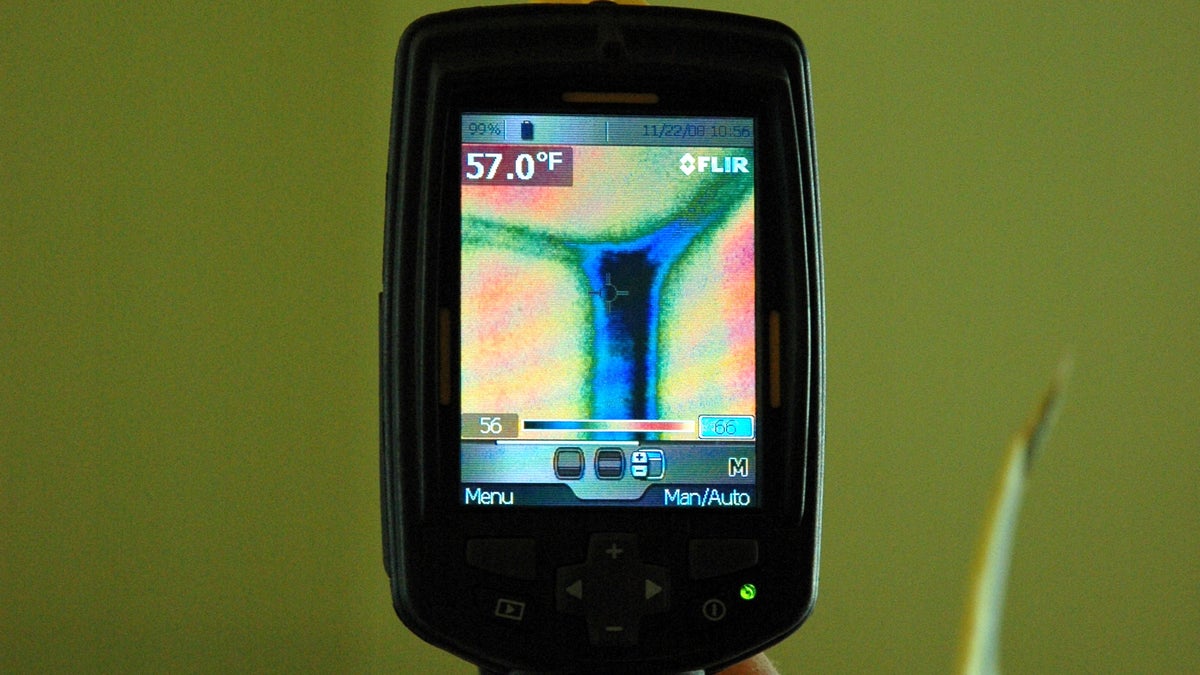Weatherizing homes: The next big green industry?
With ample government support, home energy-efficiency firms like Next Step Living foresee strong demand for services that combine advice with high-tech diagnostics.

It's not the sort of thing that excites your typical Silicon Valley venture capitalist, but companies that weatherize homes could be the sleeper green-business success stories this year.
Many people would like to lower their household energy bills but need an expert to recommend what steps to take as part of a long-term plan.
There's also a substantial amount of government support for energy-efficient retrofits, including from President Obama who has set a target of lowering utility bills at 2 million homes. The federal stimulus plan now being debated in Washington, D.C., sets aside $6 billion to weatherize low-income homes.
At the local level, too, municipal governments and nonprofits see home energy use as one the most important ways to meet greenhouse gas emission reduction goals, said Geoff Chapin, CEO of Boston-based Next Step Living, which provides energy auditing services.
"This is a tremendous time to be in the field," he said. "Cities and towns care about creating jobs that can't be outsourced and reducing their carbon footprint and saving people's money, so it has a lot of support."
Chapin founded the energy-services company last year and has weatherized more than 100 homes. A former consultant for cities and nonprofits, he founded the business in an effort to cut residential energy bills, lower greenhouse gas emissions, and create jobs.
There are already free home energy efficiency services. Paid services from companies like Next Step Living typically use diagnostic equipment, notably a blower door, to spot holes where heated or cooled air slips outside. (Full disclosure: I've signed on as a customer and am expecting my first visit soon.)
A blower door is essentially a cloth door equipped with a fan and a computer that measures air pressure and how fast air flows. By blowing air through a building, auditors can spot the biggest holes where heated (or cooled) air is escaping outside. With a thermal imaging camera, auditors can, for example, see if an area on a wall is not as well as insulated as others.
Next Step Living tries to set itself apart from free energy audits by actually doing work and being available after the first visit for advice on devising a long-term plan.
On a three-hour visit, Chapin said that auditors can reduce a home's energy usage, combining electricity and heating, by 10 to 20 percent. They can come back to take on larger projects, like air sealing an attic, or recommend partners.
"Energy efficiency is the biggest low-hanging fruit. It's the bridge to get us to a renewable energy future," he said. "It's the lowest-cost way to reduce greenhouse gases and has the highest pay off."

